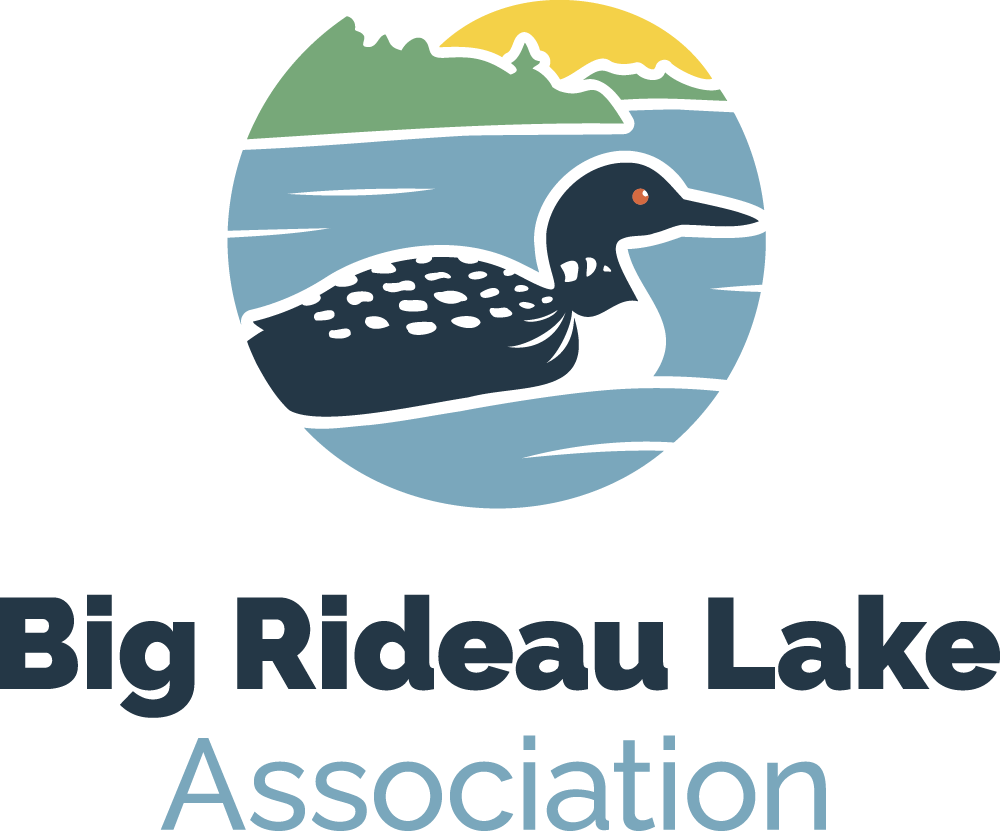Do we really have to think about “The Septic System”?
Many of us would no doubt prefer not to have to think about the “Septic System”. The fact of the matter is we must.
Not only do we need to think about it, we need to understand what it does and doesn't do. How it works and what kind of upkeep it requires.
When a conventional septic system is properly designed, operated, and maintained, it is capable of nearly complete removal of bio-degradable organic compounds, and fecal coliforms. However, conventional systems are not able to completely remove all nitrates and phosphates particularly when they are located in areas like the Big Rideau, where bed rock and fractured rock are covered with no great depth of soil. As a consequence, the effluent from a septic system in the Big Rideau area percolates down to the rock and then migrates horizontally into the lake water.
Studies have demonstrated that septic systems treat 10 to 40 percent of total nitrogen and from 85 to 95 percent of total phosphorus and typically discharge up to a total of 19 lbs/year of nitrate and 0.4 lbs/year of phosphate .
The nitrogen from septic systems in conjunction with phosphorous can cause nutrient enrichment in fresh water, so it isn't surprising that septic systems are frequently identified as a source of the nutrient loading that fuels excessive algae and aquatic plant growth.
Protecting water quality in the Big Rideau requires diligent management of your septic system.
The following links provide access to good articles and advice on caring for and operating your septic system.
FOCA Septic Systems Main Webpage



